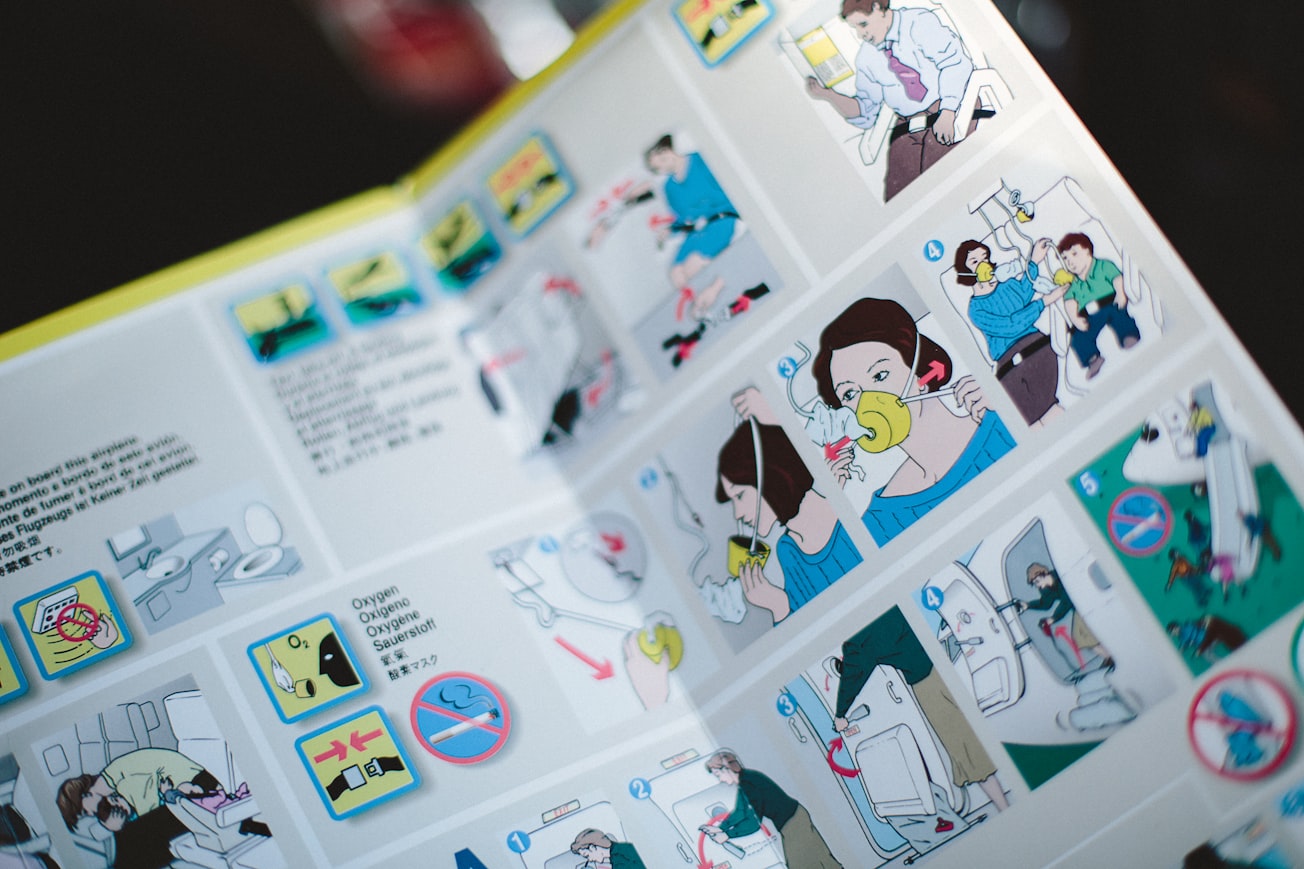What is it about?
This handbook chapter lists and discusses a number of recurring visual dimensions in comics and graphic novels that contribute to meaning-making. We distinguish, among others (1) text balloons; (2) motion and emotion lines ("pictorial runes"); (3) page lay-out; (4) "camera angle"; (5) text fonts and sizes. The chapter ends with a bibliography directing readers to key sources for further research.
Featured Image

Photo by Calle Macarone on Unsplash
Why is it important?
In recent years, comics have quickly begun to attract substantial scholarly attention. In order to mature into a serious discipline, comics scholarship will need to expand beyond historiographies, oeuvre studies, and analyses of specific stories by developing a "toolkit" of instruments that can be systematically used in analysis, and thus strengthen methodology. Our chapter outlines proposals for what instruments can be part of such a toolkit.
Perspectives
For me as a scholar it is more interesting to aid the development of methods for analyzing visual and multimodal discourse than to present critical analysis of specific discourses as such. Ideally, other scholars find these methods and instruments useful, irrespective of the kind of research questions they pursue, and irrespective of their own theoretical predilections.
Dr Charles Forceville
Universiteit van Amsterdam
Read the Original
This page is a summary of: Stylistics and comics, Taylor & Francis,
DOI: 10.4324/9781315795331.ch30.
You can read the full text:
Resources
Contributors
The following have contributed to this page







